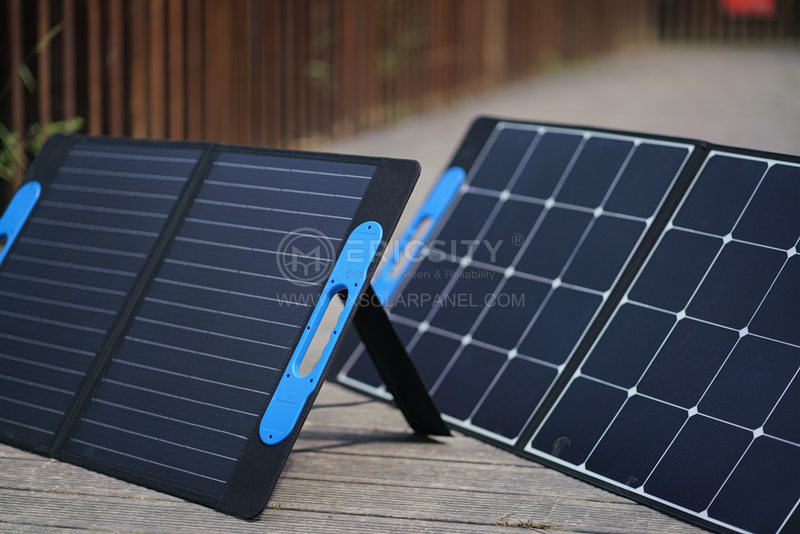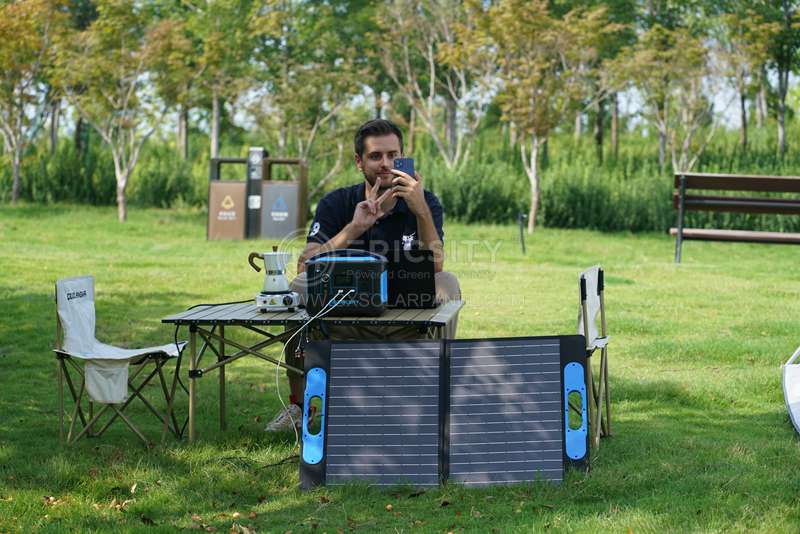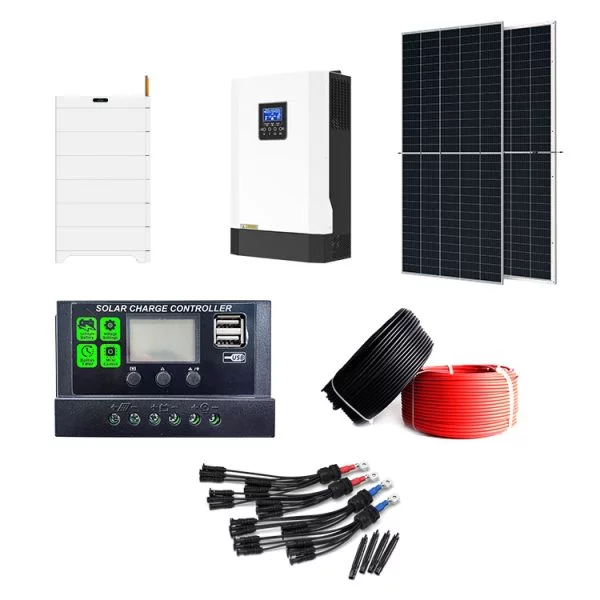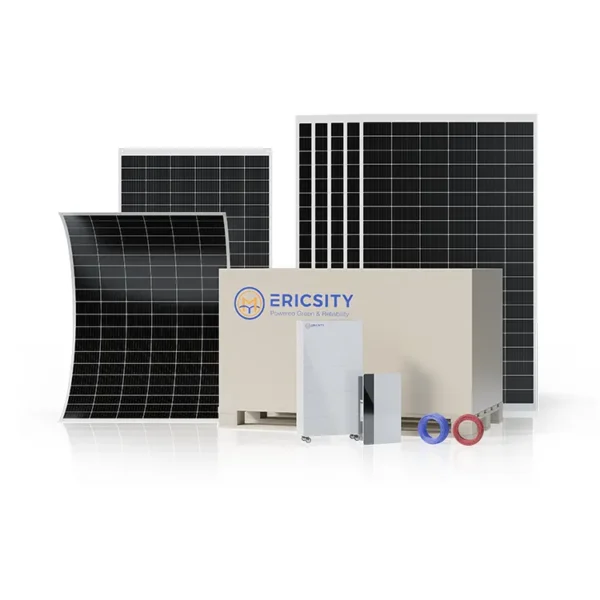HOT PRODUCT
Product Details
Comparing Sizes: Finding The Perfect Flexible Solar Panel Dimensions
Title: Comparing Sizes: Finding the Perfect Flexible Solar Panel Dimensions
Introduction
Solar energy is rapidly gaining popularity as a renewable and sustainable source of power. Flexible solar panels, being lightweight and versatile, have become a go-to choice for various applications, such as portable chargers, outdoor lighting, and even integration into buildings. However, when considering flexible solar panels, finding the right dimensions becomes crucial. In this article, we will explore the importance of flexible solar panel dimensions and provide an overview of how to determine the perfect size for your specific needs.
1. Understanding the Role of Dimensions

The dimensions of a flexible solar panel play a fundamental role in determining its overall efficiency and adaptability to different applications. The size of the panel directly affects its power output and its compatibility with specific devices or surfaces. Additionally, considering the dimensions is crucial for installations on curved or irregular surfaces.
2. Power Output and Efficiency

In the world of solar panels, a larger surface area typically indicates higher power output. However, it is important to consider the balance between panel size and efficiency. A larger panel might have higher power capacity, but it can also be less efficient, as it may generate more heat and have increased resistance. Therefore, finding the optimal dimensions requires understanding the specific power requirements of the intended application and identifying a balance between size and efficiency.

3. Portability and Flexibility
One of the major advantages of flexible solar panels is their portability and flexibility. The size of these panels greatly impacts their practicality for various portable devices and outdoor applications. Smaller panels are lighter, easier to carry, and often more convenient for activities such as camping or hiking. On the other hand, larger panels offer higher charging speeds and more power storage capacity. Thus, the preferred dimensions for flexible solar panels highly depend on the mobility requirements and power needs of the user.

4. Integration into Buildings
Flexible solar panels are now being widely used for integrating solar energy into buildings. In this case, the dimensions of the panels should be carefully determined to ensure efficient and visually appealing integration. The overall surface area, shape, and dimensions of the building play a significant role in identifying the ideal panel size. In addition, architectural factors, such as roof angles and structural support, need to be considered to achieve the best performance and aesthetic appeal.
5. Considerations for Curved or Irregular Surfaces
Flexible solar panels are designed to curve or conform to irregular surfaces, making them highly versatile. When considering such installations, it is crucial to select a panel with appropriate dimensions. Panels that are too large may not properly mold to the desired curvature, leading to inefficient energy capture, while undersized panels may not provide sufficient power output. Therefore, before choosing the dimensions for flexible solar panels on curved or irregular surfaces, accurate measurements and calculations should be conducted to ensure proper fit and performance.
Conclusion
The dimensions of flexible solar panels are a crucial aspect to consider when aiming for efficiency, portability, integration, or installation on curved surfaces. Careful evaluation of power requirements, practicality, and compatibility with building structures will lead to the selection of the perfect panel size. It is always recommended to consult with solar energy experts or manufacturers to obtain guidance tailored to specific applications. With the right dimensions, flexible solar panels can unlock the true potential of sustainable energy for both portable and stationary purposes.




